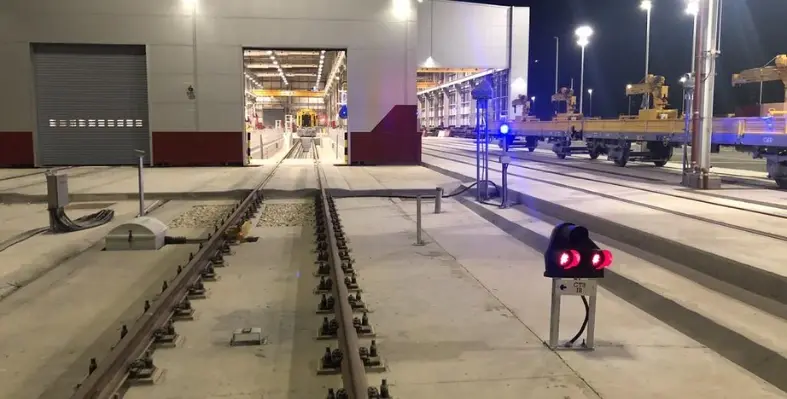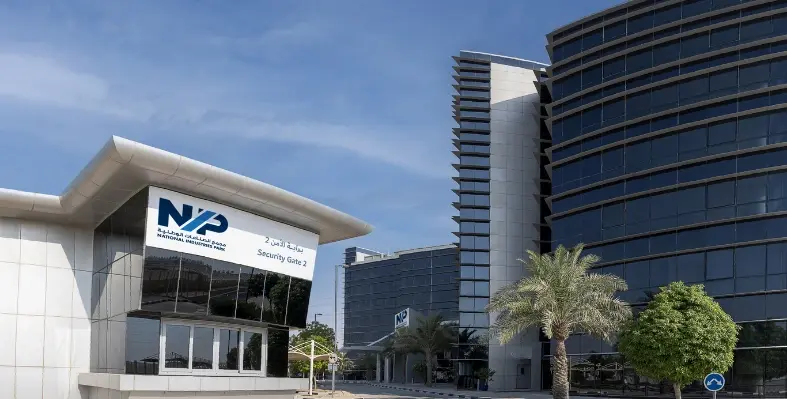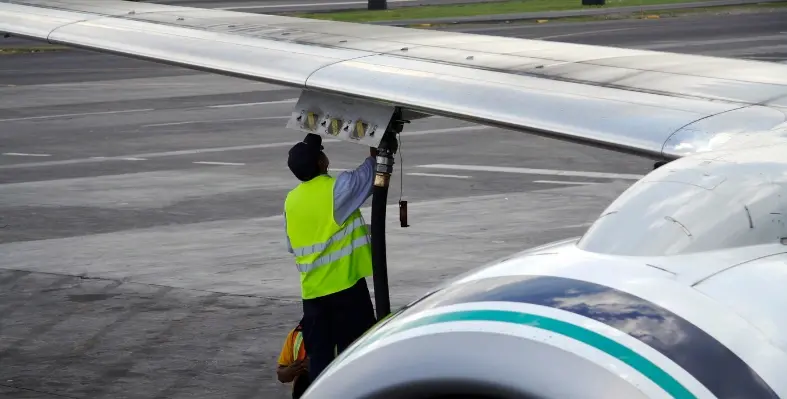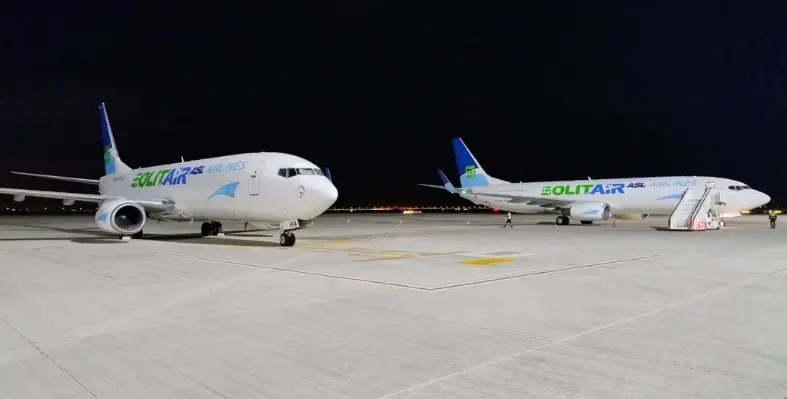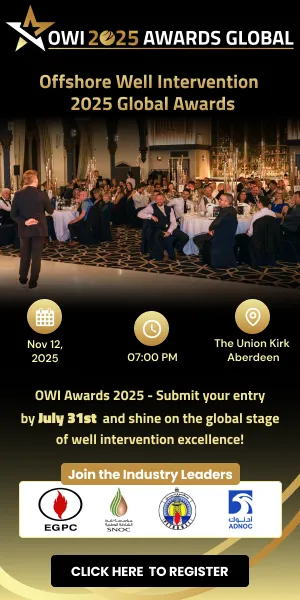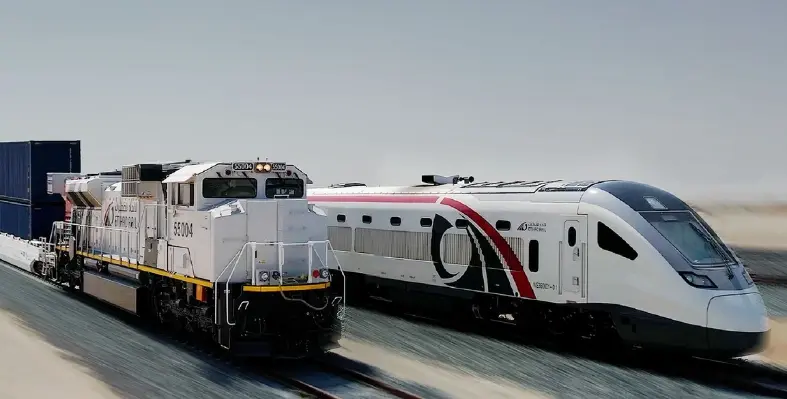
Global Rail 2025 aims to bring together the international transport community. (Image source: WAM)
Etihad Rail has announced the speaker line-up for Global Rail 2025, the region’s largest mobility and transportation exhibition, which will take place in Abu Dhabi from 30 September-2 October. The press conference confirmed participation from senior government officials, global CEOs, and transport leaders representing more than 100 nationalities.
The event, held under the patronage of His Highness Sheikh Mansour bin Zayed Al Nahyan, UAE Vice President, Deputy Prime Minister, and Chairman of the Presidential Court, and supported by His Highness Sheikh Theyab bin Mohamed bin Zayed Al Nahyan, Chairman of Etihad Rail, is being organised in collaboration with the UAE Ministry of Energy and Infrastructure (MoEI) and dmg events.
At the press conference, speakers included H.E. Sheikh Nasser Al Qasemi, Assistant Undersecretary for Infrastructure and Transport at MoEI, Ahmed Al Musawa Al Hashemi, CEO of Hafeet Rail and Chairman of the Executive Committee of Global Rail, Salman Abou Hamzeh, Senior Vice President at dmg events, and Kholoud Almazrouei, Director of Special Projects at Etihad Rail.
A platform for global transport dialogue
Global Rail 2025 aims to bring together the international transport community to foster cross-border collaboration and innovation across mobility, logistics, and infrastructure. More than 20,000 participants are expected to attend the three-day exhibition, which will feature strategic dialogue, project showcases, and technical exchanges.
This year’s edition will span four halls and host over 200 exhibitors across 14 key sectors, ranging from infrastructure and rolling stock to smart mobility and financing. Over 70 companies are exhibiting for the first time, alongside 11 national rail operators such as Etihad Rail, Hafeet Rail, Qatar Rail, Korea Railways Corporation, India Railways, East Japan Railways, and Renfe Operadora. Together, the exhibiting businesses represent a combined annual turnover of over US$140bn.
Themed “Driving the Future of Transport and Global Connectivity”, Global Rail 2025 reflects the industry’s shared ambition to accelerate multimodal mobility, forge infrastructure partnerships, and advance sustainable transport solutions. With global passenger traffic forecast to reach 9.5bn by the end of 2025, the event will provide a critical platform for shaping the transport networks of the future.
High-level participation and expert-led sessions
Confirmed attendees include more than 20 ministerial delegations alongside senior leaders from leading transport, logistics, and infrastructure companies such as AECOM, Alstom, Asyad, Bayanat, CAF, DP World, Jacobs, Hitachi Rail, MTR Corporation, Siemens Mobility, Škoda Group, and Talgo.
Two parallel conferences will run throughout the exhibition. The Strategic Conference will host over 55 sessions on topics including high-speed rail delivery, intermodal operations, sustainable financing, governance, interoperability, automation, and city planning. The Technical Conference will cover areas such as digitalisation, asset management, engineering, and operational innovation, with contributions from global experts and R&D leaders.
Adding to the programme is the Global Rail Innovation Award, now in its second edition. With an AED1mn grant, the award recognises transformative solutions in transport and mobility. This year, it attracted 242 submissions, more than triple the entries of its inaugural year, underscoring its growing role as a launchpad for new ideas.
Dedicated zones and international showcases
Global Rail 2025 will also feature nine country pavilions, highlighting participation from Austria, Germany, India, Jordan, Poland, Qatar, South Korea, Spain, and the United Kingdom. An International Projects Pavilion will showcase billion-dollar infrastructure investments from countries including Afghanistan, Chad, Kenya, and Uzbekistan.
The Finance Pavilion will connect developers and operators with leading financiers such as First Abu Dhabi Bank, AIIB, ICBC, and Emirates NBD, while the Innovation Hub will spotlight AI, automation, and future mobility solutions from over 25 pioneering companies.
For the first time, the exhibition will host a Youth Hackathon in partnership with UAE universities, engaging students in real-world transport challenges under industry mentorship.





